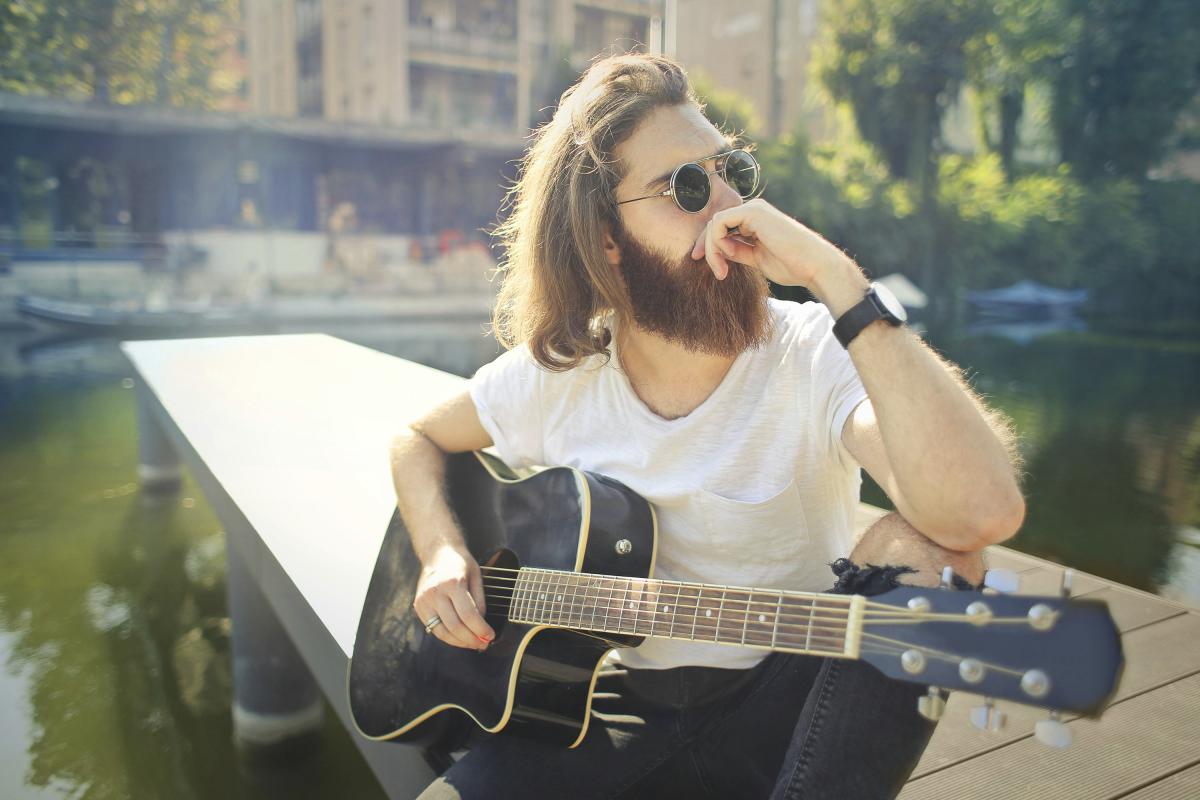Sunglasses have been an indispensable accessory for decades, both for protection against the elements and for spicing up an outfit. They’ve also long been intertwined with the music industry, worn on the faces of musicians or the subject of songs. For instance, Corey Hart’s ‘80s hit ‘Sunglasses at Night’ is a timeless classic, highlighting how a simple pair of shades can be a major focus for a tumultuous love affair set to a passionate new wave synth-pop hard rock sound or a dance-pop rendition like Heidi Klum’s version. But beyond trying to look away from a lover’s unfaithfulness, sunglasses have a variety of functions musicians use to their advantage. Here’s a look into the deep connection between sunglasses and music:
Style and image
Sunglasses are an easy way to elevate any look, which makes them a convenient accessory for musicians with a penchant for fashion. The variety of styles can make for a different vibe and match different aesthetics, allowing artists to curate the image they present to fans. Black Wayfarer shades can add an air of mystery and allure. Round mirror lenses can provide a cool rockstar edge that’s both flashy and rebellious. Oversized or cat-eye frames can amp up the glam. Joni Mitchell is a great example of how shades can complete a look and even become a part of a musician’s usual style. Even in her older age, she’s often seen in long braids, a beret, and a pair of square, cat-eye Dita Perplexer sunglasses, helping her look stylish no matter where she goes. Even those who may not have known her in her younger years can recognise her by her signature image.
Practicality
Beyond fashion, sunglasses serve a practical purpose for musicians. The main use for sunglasses is for UV protection, which can protect artists’ eyes when they’re performing in outdoor venues or when they’re out and about. They can also block bright stage lights or glare from reflective surfaces that can cause discomfort and fatigue when performing. For musicians who need vision correction, prescription sunglasses allow them to reap all the benefits of regular sunglasses while being able to see clearly without glasses or contact lenses. They’re also just as stylish as typical shades, as popular models like the Ray-Ban Wayfarers and Aviators are available with prescription lenses in various colourways. These styles are also staples in the music scene, with legends like Bob Dylan and Slash sporting and popularising these sunglasses for years.
Songwriting
Musicians can write a song about anything under the sun, and sunglasses are no exception. But thanks to their many uses, a pair of shades can symbolise all kinds of topics. Corey Hart’s take on sunglasses in ‘Sunglasses At Night’ touches on staying ignorant of the affair happening in front of his eyes, making for a painful and passionate lament of wanting to look away but being too deep under a lover’s control to do so. Indigenous pop-rock trio band Low Budget Rock Star take a different approach in their track ‘Sunglasses’, asking their muse to take her sunglasses off so she won’t have to hide any longer. Sunglasses are just as versatile for songwriting material as they are in everyday life.
Medical necessity
Some musicians struggle with eye conditions that require them to wear sunglasses for protection. U2 frontman Bono has long been known for his signature colourful shades, which he’s almost never seen without. Though he’s joked that they’re meant to conceal X-Men-like superpowers, the singer actually wears them everywhere due to glaucoma, which he’s been dealing with for around 20 years. The sunglasses help his sensitive eyes withstand bright lights from spotlights or camera flashes, which are frequent encounters for a musician of his status. Sunglasses are a great way to prevent or protect against any eye issues while still looking fashionable.



